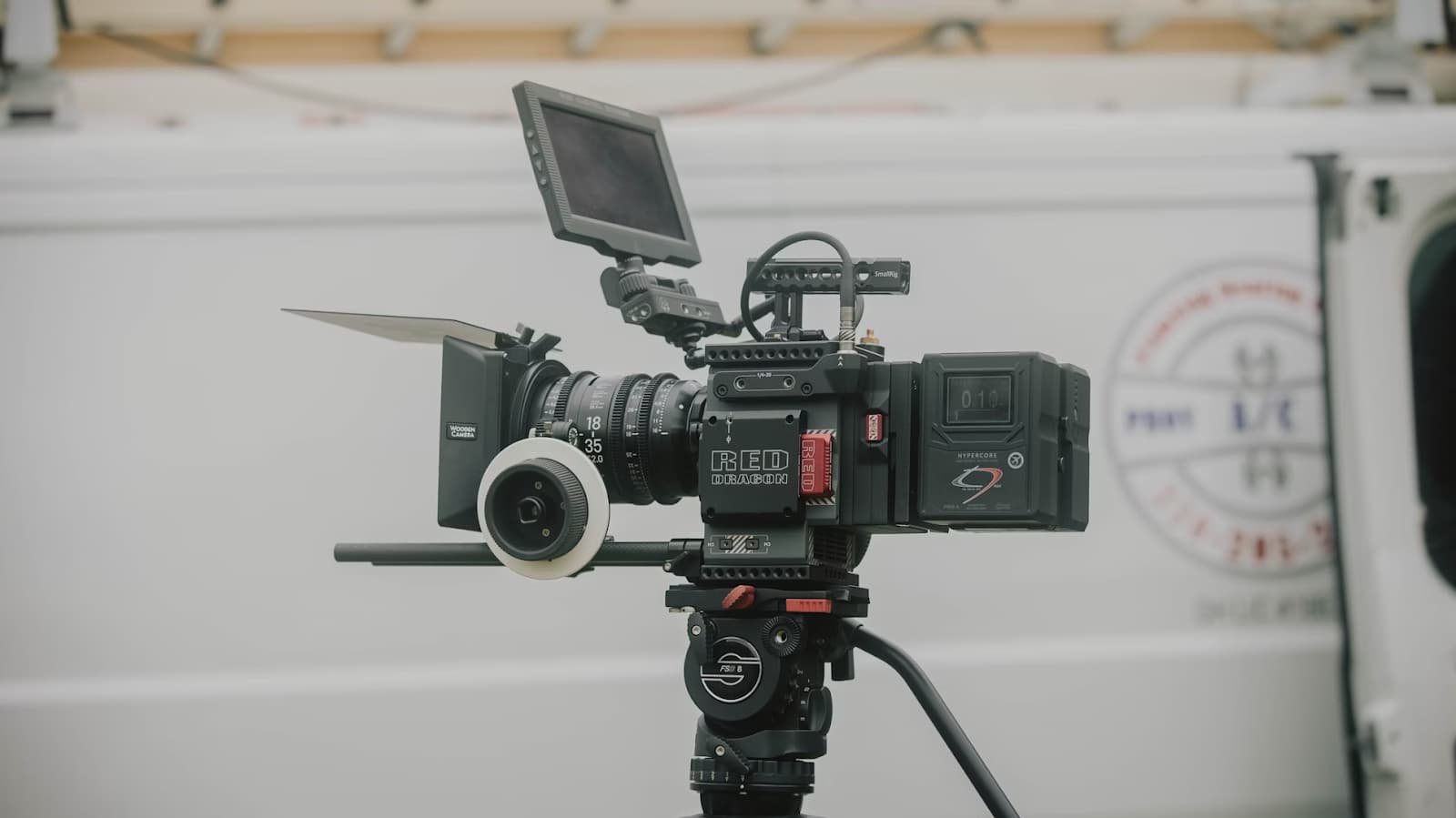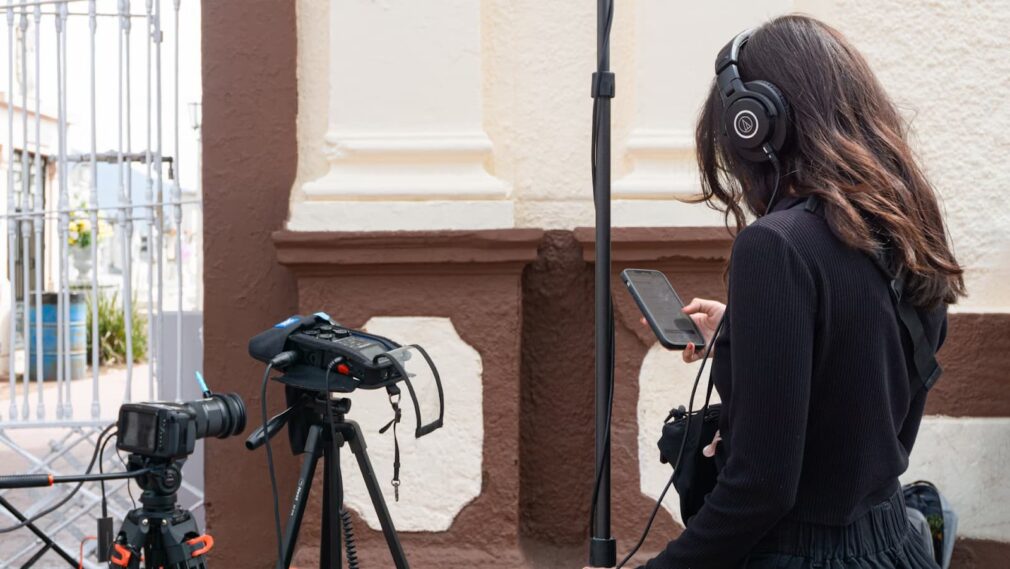
In the ever-evolving world of filmmaking, cinematography stands out as a crucial element that shapes the visual narrative of a story. Often working behind the scenes, cinematographers—or Directors of Photography (DPs)—are the architects of a film’s visual style, using light, color, framing, and movement to create mood and meaning. In Australia, female cinematographers have been making remarkable strides in an industry that has historically been male-dominated, bringing fresh perspectives and pioneering visual storytelling techniques. This blog post celebrates the achievements of these talented women, their influence on the Australian film industry, and their lasting legacy in the world of cinema.
Pioneers of Australian Cinematography: Breaking Barriers
Historically, cinematography has been a male-dominated field, not just in Australia but globally. The technical demands and cultural expectations often deterred women from entering the profession. However, over the past few decades, female Australian cinematographers have broken through these barriers, proving that they have as much vision and skill as their male counterparts.
One of the earliest pioneers is Mandy Walker, whose exceptional career spans both Australian and Hollywood cinema. Walker made her mark with her work on Lantana (2001), a critically acclaimed Australian film known for its subtle, naturalistic lighting and intimate framing. Walker’s ability to capture the emotional nuances of the characters through visual storytelling set her apart. She later went on to shoot international blockbusters like Mulan (2020), further proving her versatility and artistic vision on a global stage.
Walker’s success opened the door for other female cinematographers, inspiring a new generation of women to pursue careers in the field. In interviews, she has spoken about the importance of mentorship and how she has actively worked to support emerging female talent in cinematography. Her trailblazing career has helped reshape perceptions of what women can achieve behind the camera.
Another prominent name is Bonnie Elliott, who has earned significant recognition for her work in both film and television. In 2020, at the 10th AACTA Awards, she was nominated for the AACTA Award for Best Cinematography for H Is for Happiness, a heartwarming Australian family film. That same year, she won the AACTA Award for Best Cinematography in Television for “The Circumstances in Which They Come,” the first episode of Stateless (2020), a drama series about the Australian immigration system. Elliott’s work on Stateless is notable for its raw, unflinching portrayal of human emotions, captured through restrained yet powerful cinematography. Her ability to craft the visual tone of both films and television shows speaks to her versatility and skill in creating mood and atmosphere through visual choices.
Both Walker and Elliott represent a new wave of female cinematographers in Australia who are not only excelling in their craft but also using their platform to elevate voices and stories that may otherwise go untold. Their success demonstrates the power of representation and the necessity of diverse perspectives behind the camera.
The Unique Vision of Female Cinematographers: A Fresh Approach to Visual Storytelling

What sets female cinematographers apart isn’t simply their gender but the unique perspectives they bring to visual storytelling. Women in this field often approach filmmaking with a heightened sensitivity to emotion, relationships, and subtle human interactions, resulting in films that are visually nuanced and layered with meaning.
For instance, Ari Wegner, another influential figure in Australian cinematography, has garnered international acclaim for her work on films such as The Power of the Dog (2021) and Lady Macbeth (2016). In The Power of the Dog, Wegner’s cinematography is a masterclass in visual storytelling, using sweeping landscapes and intimate close-ups to explore the film’s themes of masculinity, power, and vulnerability. Wegner’s use of light and framing emphasizes the psychological depth of the characters, adding a rich visual layer to the narrative.
Wegner’s work showcases a quiet, contemplative approach to cinematography, one that focuses on character-driven storytelling rather than flashy techniques. Her ability to blend the personal with the epic, particularly in films that explore complex emotional and social dynamics, has earned her praise as one of the most innovative cinematographers working today. In interviews, Wegner has mentioned how her work is often informed by collaboration and the shared vision of the director and the creative team, showcasing the communal nature of filmmaking where female DPs excel in creating cohesive visual experiences.
Similarly, Emma Paine, known for her work on Monska: C. R. Robin (2020) and Zelos (2017), has made a significant mark in Australian cinema with her distinctive visual style. Zelos, a feature film exploring themes of infidelity and relationships, is noted for Paine’s ability to create an intimate atmosphere through her careful use of natural light and minimalistic framing. In Monska: C. R. Robin, Paine’s cinematography highlights her ability to capture both sweeping landscapes and detailed character studies, blending them seamlessly to enhance the film’s emotional narrative. Paine’s eye for creating visually stunning yet emotionally grounded work has positioned her as one of Australia’s rising talents in the world of cinematography.
Wegner and Paine are redefining visual storytelling by prioritizing emotional resonance and authenticity in their work. Their films often emphasize the internal worlds of characters, using the camera not just as a tool to capture action but as a means of exploring deeper psychological and emotional truths.
Impact on the Australian Film Industry and Future Generations
The rise of female cinematographers in Australia has had a profound impact on the industry, encouraging a more inclusive and diverse filmmaking environment. With their contributions, the industry is beginning to embrace a wider range of voices and perspectives, allowing for more diverse stories to be told.
Programs and initiatives aimed at increasing female representation behind the camera, such as Screen Australia’s “Gender Matters” initiative, have played a crucial role in supporting women in cinematography. These programs provide mentorship, funding, and professional development opportunities, ensuring that women not only enter the field but have the tools and support to succeed.
Many female cinematographers are also actively working to mentor the next generation of talent. Bonnie Elliott, for example, has participated in workshops and mentoring programs designed to encourage young women to pursue careers in cinematography. By offering guidance and sharing their experiences, established cinematographers like Elliott are helping to create a more supportive and accessible industry for women.
Moreover, the increasing visibility of female cinematographers in major film festivals and award circuits has demonstrated their global influence. Ari Wegner’s nomination for the Academy Award for Best Cinematography for The Power of the Dog (making her only the second woman in history to be nominated in this category) is a significant milestone, showing that women are not only participating in the field but excelling at the highest levels.
The future of Australian cinematography looks bright, with a new wave of emerging female talent bringing fresh ideas and approaches to visual storytelling. Young cinematographers like Meg White, who has worked on projects such as Sequin in a Blue Room (2019), are already making their mark, blending experimental techniques with traditional cinematic methods to create bold, visually arresting work.
Conclusion: A New Era of Visual Storytelling
Women in Australian cinematography are at the forefront of transforming the visual language of film. Through their innovative use of light, framing, and emotional depth, they are challenging traditional notions of cinematography and bringing new perspectives to the art of filmmaking. From pioneers like Mandy Walker to trailblazers like Ari Wegner, these women have not only contributed to some of the most visually stunning films of the past few decades but have also inspired future generations to follow in their footsteps.
The celebration of women behind the lens is not just about recognizing their achievements but acknowledging the essential role they play in enriching cinema as an art form. As more female cinematographers continue to rise through the ranks, Australian cinema—and the global film industry—will continue to benefit from the diverse and dynamic visual storytelling that they bring to the screen. Their stories and visions are proof that the future of cinematography is not only bright but beautifully varied, inclusive, and richly textured.




